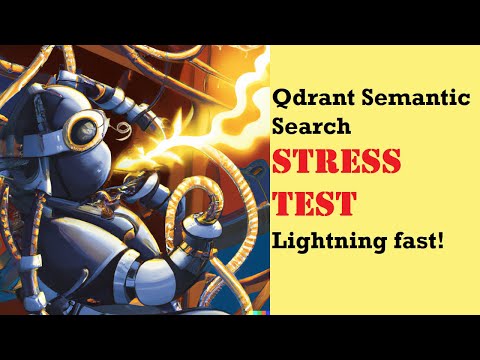Description:
Explore a comprehensive tutorial on stress testing Qdrant, a semantic search engine, with 90,000 vectors. Learn how to split text into chunks, create vector lists, set up TensorFlow Hub and GPU environments, and generate data for machine learning models. Follow along as the process of uploading and testing the stress test is demonstrated, including uploading datasets to Algolia and managing record uploads. Gain insights into the power and efficiency of the search function, and understand the program's overall performance through a detailed examination of final numbers and results.

Stress Testing Qdrant - Semantic Search with 90,000 Vectors - Lightning Fast Search Microservice
Add to list
#Computer Science
#Artificial Intelligence
#Natural Language Processing (NLP)
#Programming
#Programming Languages
#Python
#Machine Learning
#TensorFlow
#Information Technology
#Data Management
#Machine Learning Models
#Semantic Search